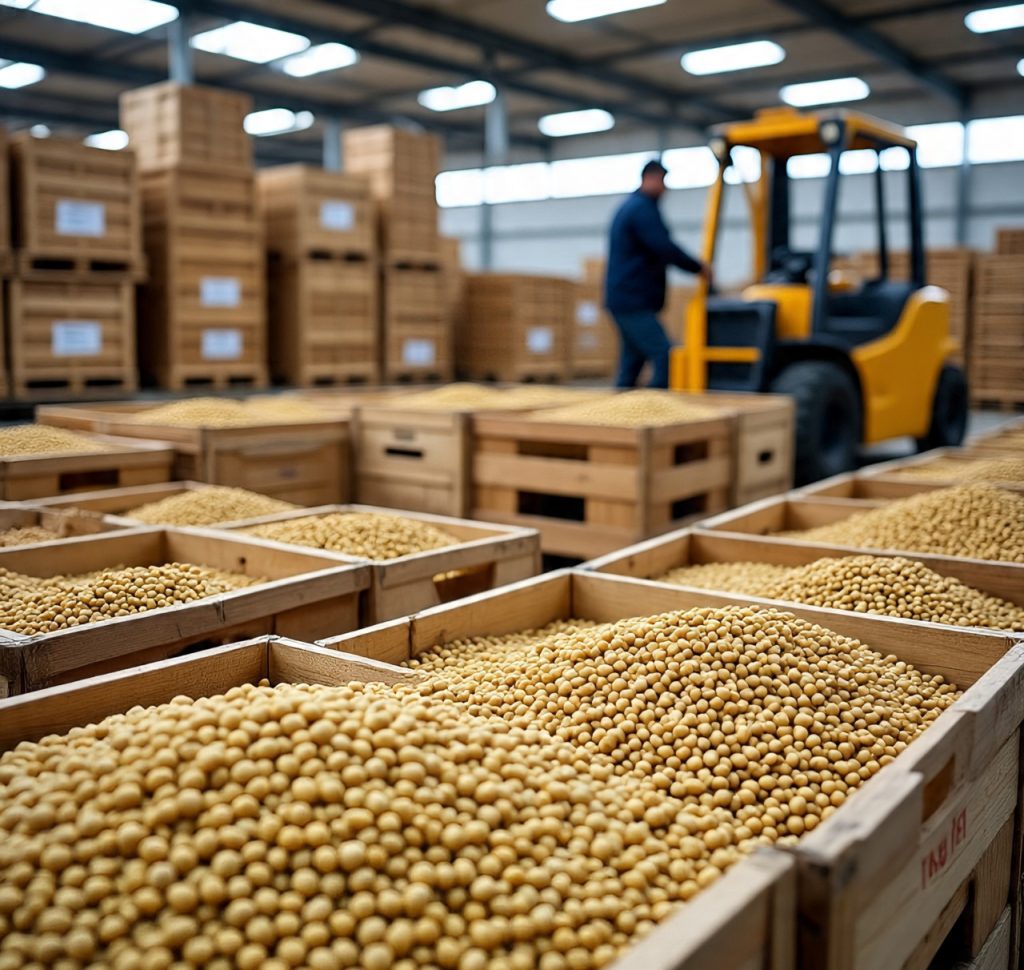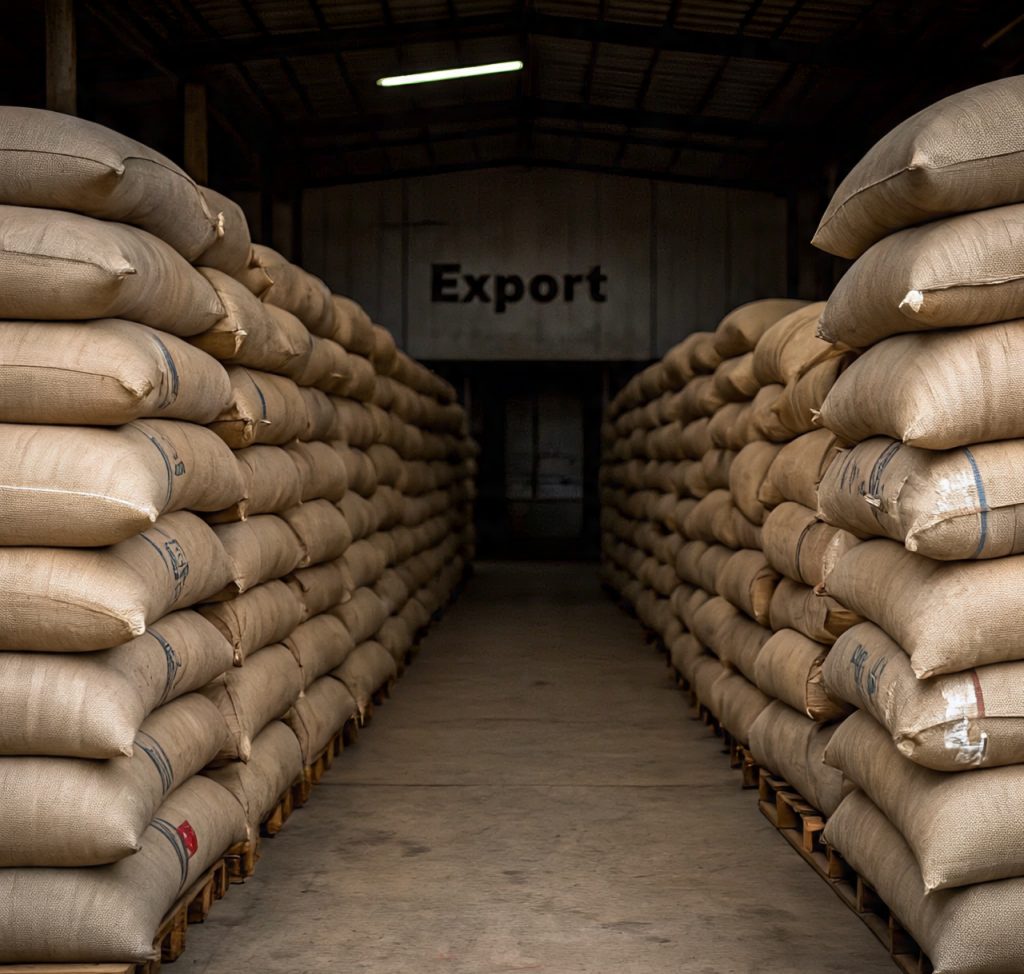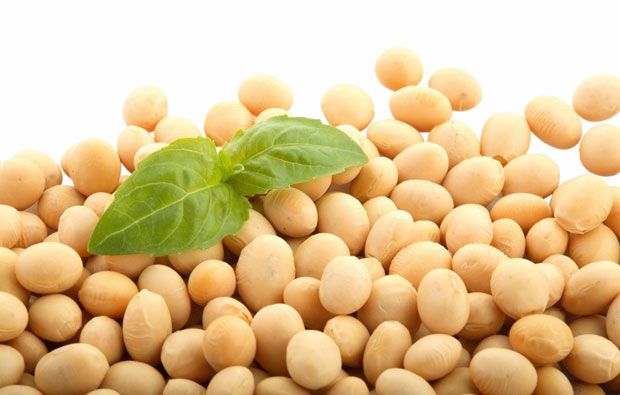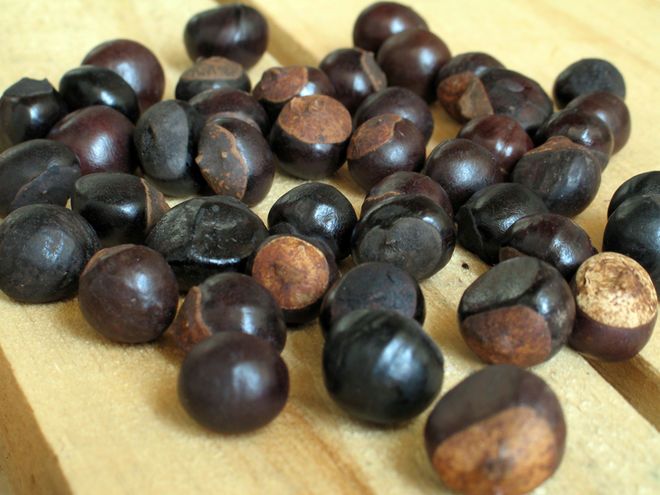Introduction
Soya beans (Glycine max) are one of the most important and versatile oilseed crops in the world. They are widely cultivated for their high protein content, essential amino acids, and oil-rich seeds, which make them a vital raw material for food, feed, pharmaceutical, cosmetic, and industrial applications. In recent years, Nigeria and other African countries have become increasingly significant players in the global soybean trade, thanks to rising international demand for plant-based protein, animal feed, and vegetable oil.
The global soybean market is projected to continue growing, fueled by the increasing shift towards healthier diets, expanding livestock production, and the rising popularity of soy-based alternatives such as soy milk, tofu, and soy protein concentrates.
This makes soya beans export a highly profitable venture for exporters, especially in Africa where climatic conditions support large-scale cultivation.

What Soya Beans Are
Soya beans are legumes belonging to the pea family (Fabaceae). The plant produces small, edible seeds that are either yellow, black, or brown. They are primarily valued for their protein content (about 40%) and oil content (about 20%).
Unlike most other crops, soya beans are “dual-purpose” — both the oil and the protein-rich meal derived from soy processing are in extremely high demand worldwide.
-
Soybean Oil: Used in cooking, processed foods, biodiesel production, cosmetics, and pharmaceuticals.
-
Soybean Meal: A critical ingredient in livestock feed (poultry, pigs, cattle, fish), as it provides protein for faster growth and productivity.
-
Whole Soybeans: Used directly in food processing industries for soy milk, soy flour, soy protein, soy lecithin, tofu, and infant foods.
Uses of Soya Beans
Soya beans have a wide range of uses across multiple industries, which contributes to their global demand:
1. Food Industry
-
Production of soy milk, tofu, soy sauce, and soy protein powders.
-
Used in baby formulas and vegetarian/vegan products.
-
Soy flour and soy protein isolates are used in baked goods, cereals, and meat substitutes.
2. Animal Feed
-
Soybean meal is the world’s most important protein source for livestock.
-
Poultry, swine, cattle, and aquaculture industries rely heavily on soybean meal as a feed component.
3. Oil Production
-
Soybean oil is one of the most consumed edible oils worldwide.
-
It is used in cooking oils, margarines, salad dressings, and industrial frying.
-
Non-food uses include soap, paints, varnishes, and biodiesel production.
4. Industrial Applications
-
Soy lecithin is used as an emulsifier in food, pharmaceuticals, and cosmetics.
-
Soy-based chemicals are used in lubricants, resins, adhesives, inks, and coatings.
5. Pharmaceuticals & Nutraceuticals
-
Soy is a natural source of isoflavones, which have antioxidant and estrogen-like properties.
-
Used in dietary supplements, hormone-related therapies, and functional health foods.

Major Producers of Soya Beans
Globally, the leading producers of soybeans are:
-
United States
-
Brazil
-
Argentina
-
China
-
India
In Africa, Nigeria is the largest producer, followed by South Africa, Zambia, and Uganda. Nigeria produces about 1.2–1.5 million metric tons annually, mostly in the northern states such as Benue, Kaduna, Taraba, Nasarawa, Plateau, and Kano.
Export Specifications for Soya Beans
When exporting soya beans, it is important to meet international quality standards. Buyers usually demand strict specifications depending on whether the beans are intended for food processing or animal feed.
Standard Export Specifications
-
Moisture Content: Maximum 12% – 14%
-
Foreign Matter/Impurities: Maximum 1% – 2%
-
Split/Cracked Beans: Maximum 2% – 3%
-
Oil Content: 18% – 20% minimum
-
Protein Content: 38% – 42% minimum
-
Admixture: Maximum 2%
-
Damaged/Discoloured Beans: Not more than 2%
-
Pesticide Residues: Must comply with international food safety standards.
-
Aflatoxin: Must be within acceptable limits (<20 ppb).
Forms of Export
Soya beans can be exported in different forms depending on buyer requirements and processing capacity:
-
Whole Dry Soybeans (cleaned, bagged in 50kg or 100kg sacks).
-
Soybean Meal (processed cake from oil extraction, high protein feed).
-
Soybean Oil (refined or crude form, bulk shipment in drums or tanks).
-
Soy Protein Products (soy flour, soy protein isolates, textured soy protein).
Packaging for Export
Proper packaging is crucial to preserve quality during storage and transportation. Exporters must comply with buyer requirements, especially in the EU, UK, US, and Asian markets.
-
Bagging: 50kg or 100kg polypropylene (PP) woven bags.
-
Bulk Packaging: Containerized bulk shipments for large buyers.
-
Oil Packaging: 200L steel drums, flexitanks, or jerry cans.
-
Labeling: Each package must clearly show product name, net weight, country of origin, HS code, crop year, batch number, and exporter’s details.
Soya Beans HS Code
The Harmonized System (HS) Code for soybeans is:
-
1201.00 – Soya beans, whether or not broken.
-
1507.00 – Soybean oil and its fractions.
-
2304.00 – Soybean meal.
Global Market Demand for Soya Beans
The international demand for soybeans is massive and continues to grow.
-
China is the largest importer, consuming over 60% of global soybean exports, mostly for animal feed.
-
European Union countries (Spain, Netherlands, Germany, Italy) are major importers for both oil and feed.
-
Middle East and North Africa (MENA) also import significant quantities.
-
UK imports soya beans primarily for animal feed and soy oil production.
Global soybean trade is valued at over $150 billion annually, making it one of the top five most traded agricultural commodities worldwide.
Opportunities for Nigerian Exporters
Nigeria has a strong potential to become a leading soybean exporter due to:
-
Large arable land and suitable climate.
-
Growing domestic production supported by farmers’ cooperatives.
-
Rising demand from China, Europe, and the Middle East.
-
Proximity to seaports for easy export logistics.
-
Increasing interest in organic and non-GMO soybeans, which Africa can supply.

Challenges in Soybean Export
Despite its potential, some challenges need addressing:
-
Poor storage facilities leading to post-harvest losses.
-
Limited access to modern processing and grading facilities.
-
Quality control issues such as high moisture and contamination.
-
Price fluctuations in the international market.
-
Exporters’ limited knowledge of international trade procedures.
Steps to Export Soybeans
-
Source high-quality soybeans from reliable farmers or aggregators.
-
Clean, dry, and grade the beans to meet international standards.
-
Arrange packaging and labeling as per buyer requirements.
-
Obtain necessary documents such as:
-
Phytosanitary Certificate
-
Certificate of Origin
-
SGS Inspection Certificate
-
Commercial Invoice & Bill of Lading
-
-
Negotiate with buyers (usually importers, processors, or feed companies).
-
Ship through containerized cargo or bulk shipment.
Conclusion
Soya beans are a strategic agricultural commodity with enormous potential in the global export market. With their high protein and oil content, they are essential in the food, feed, and industrial sectors. Nigerian exporters, and African exporters in general, have a golden opportunity to tap into this market by ensuring consistent quality, proper handling, and adherence to international specifications.
Investing in soya beans export is not only profitable but also contributes significantly to agricultural development, job creation, and foreign exchange earnings.








